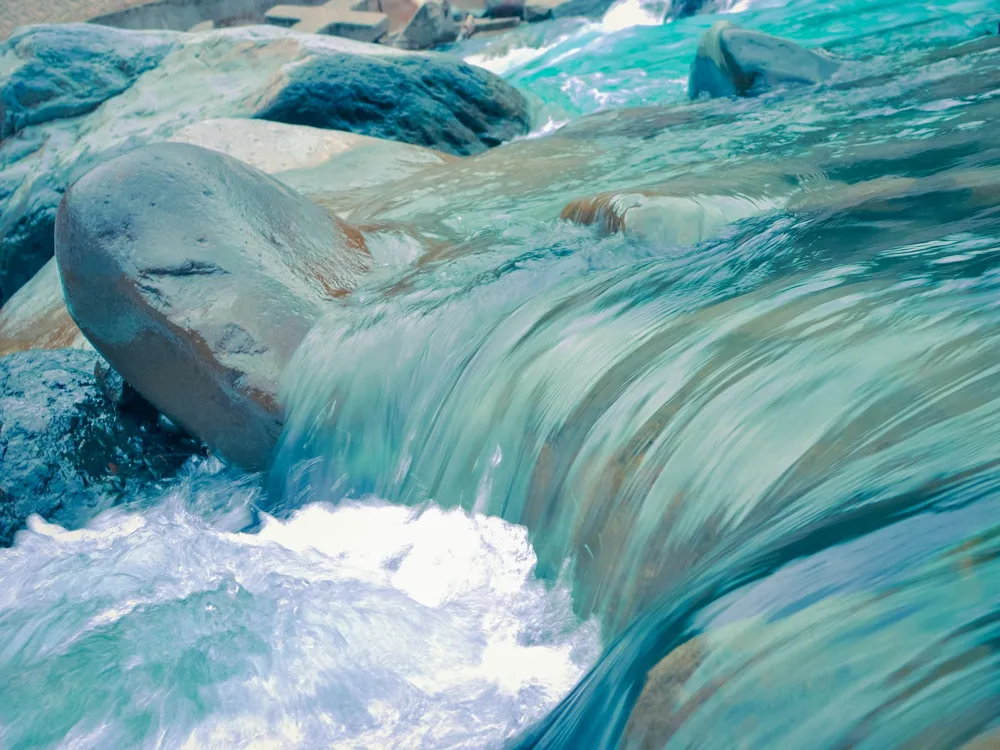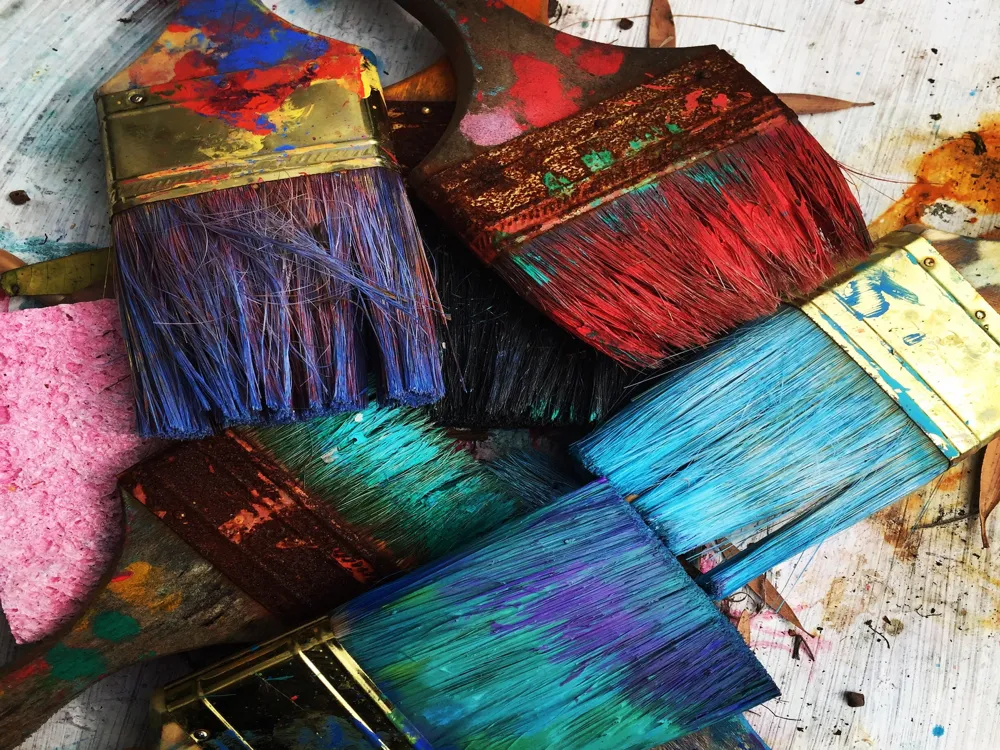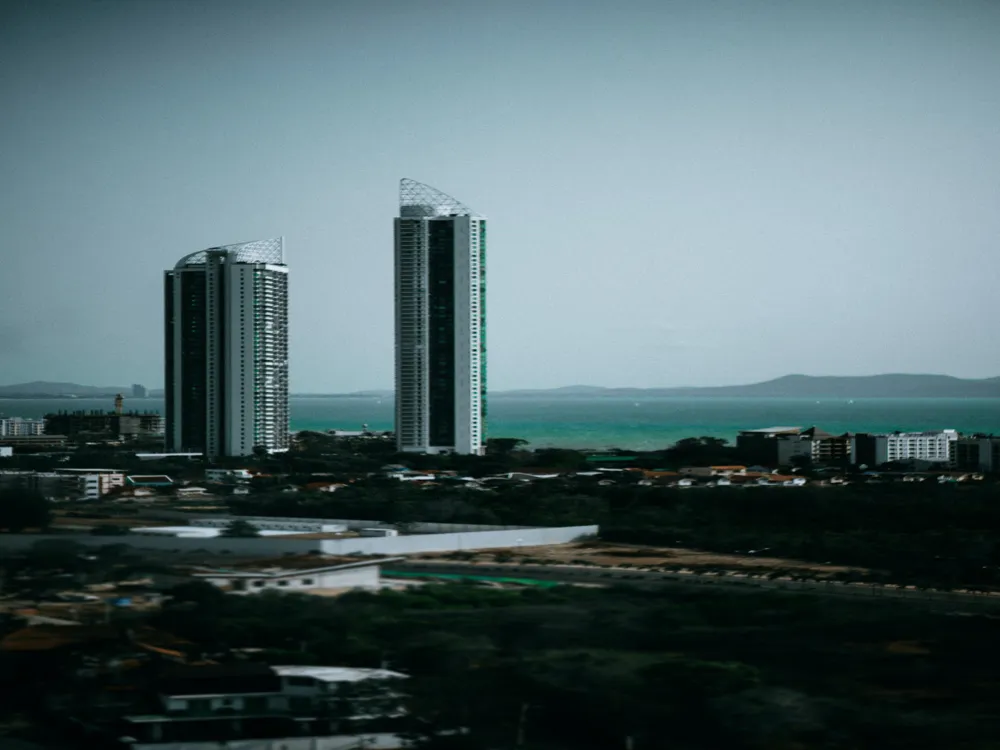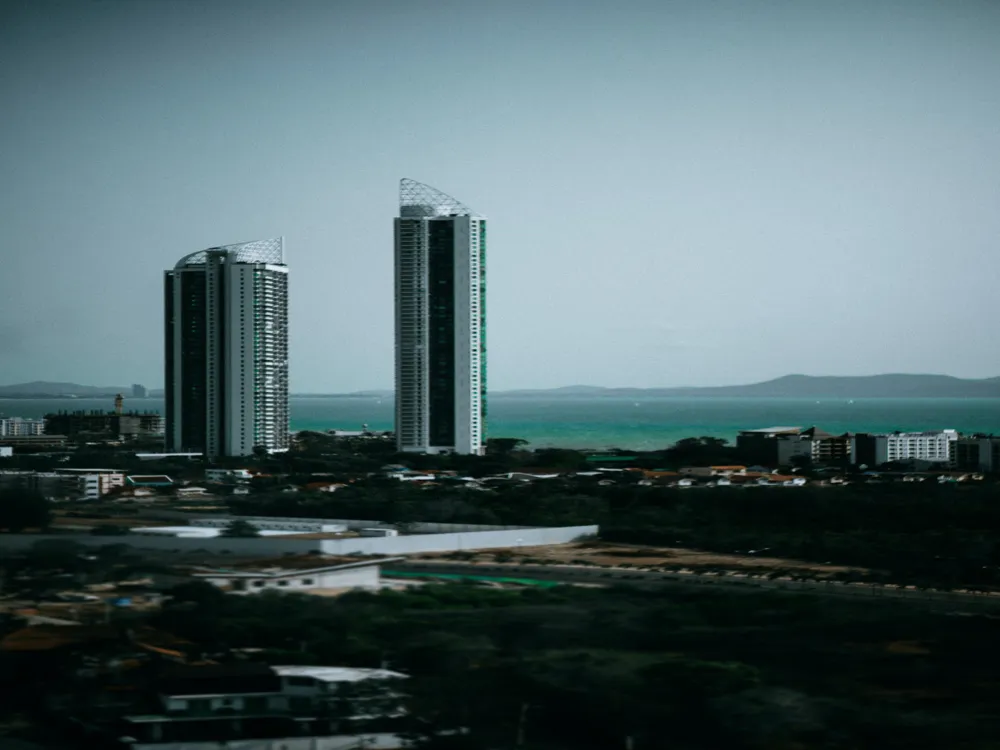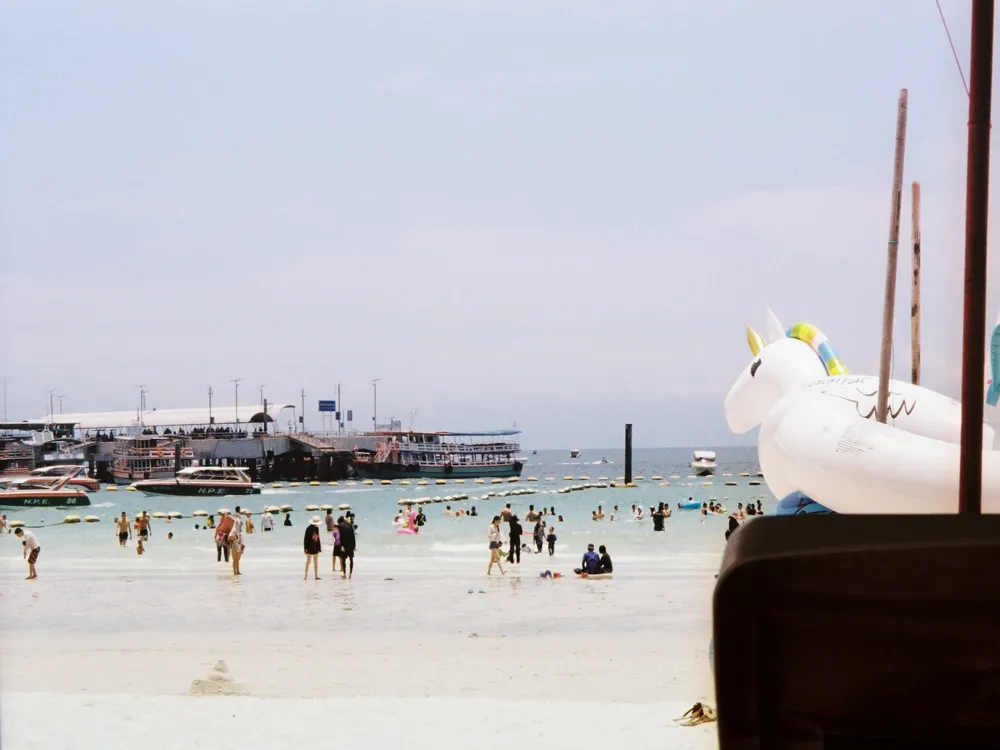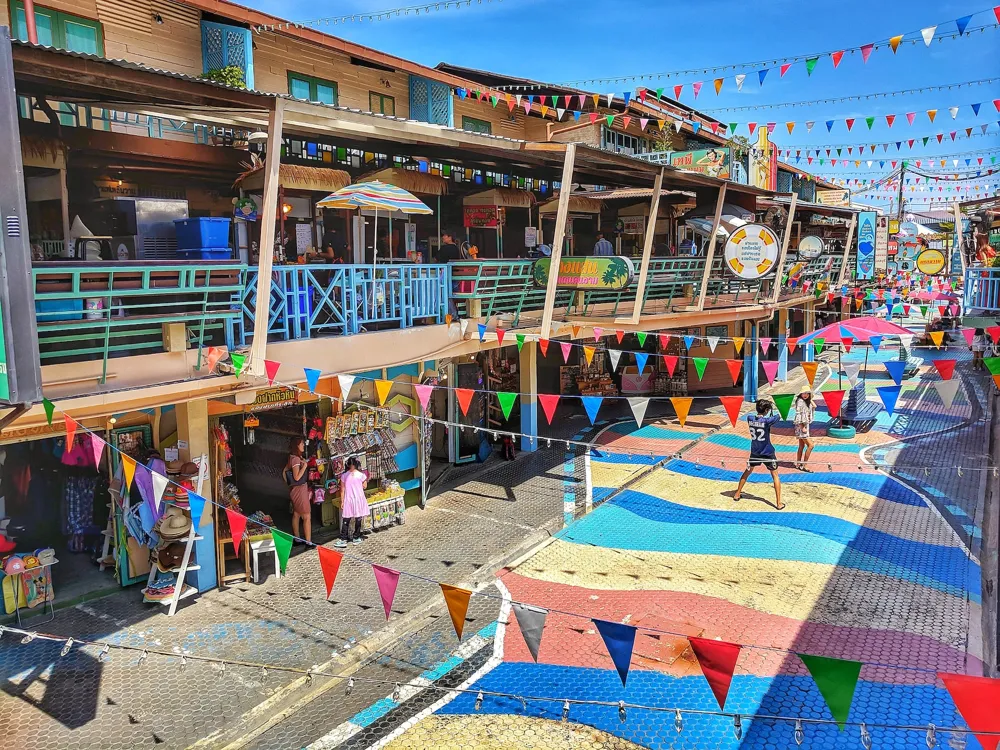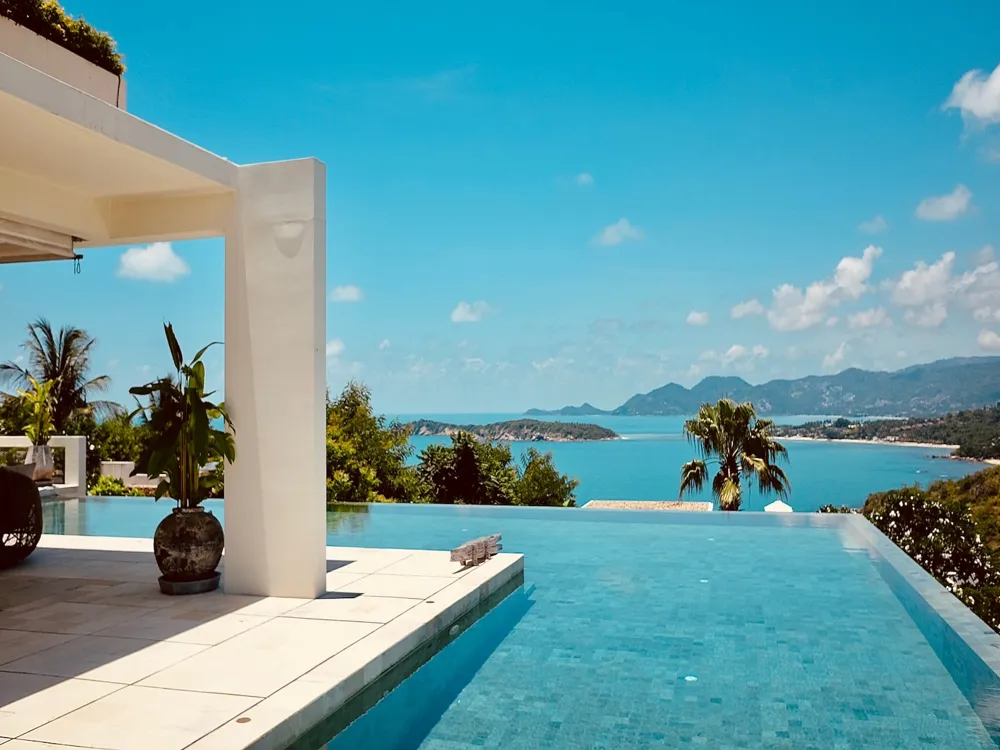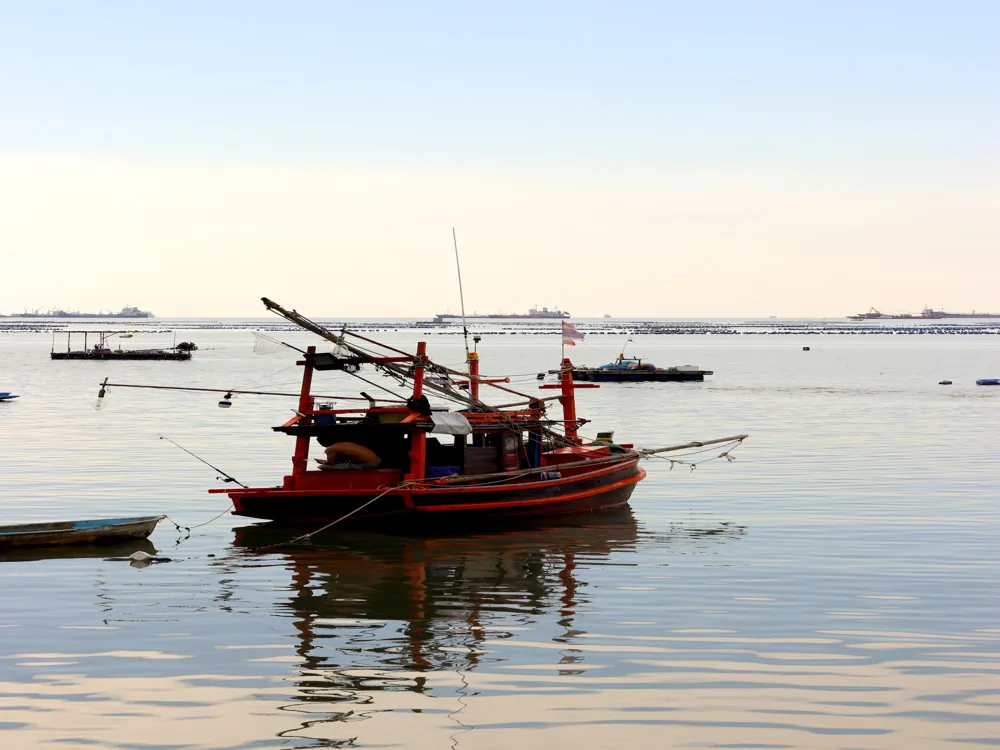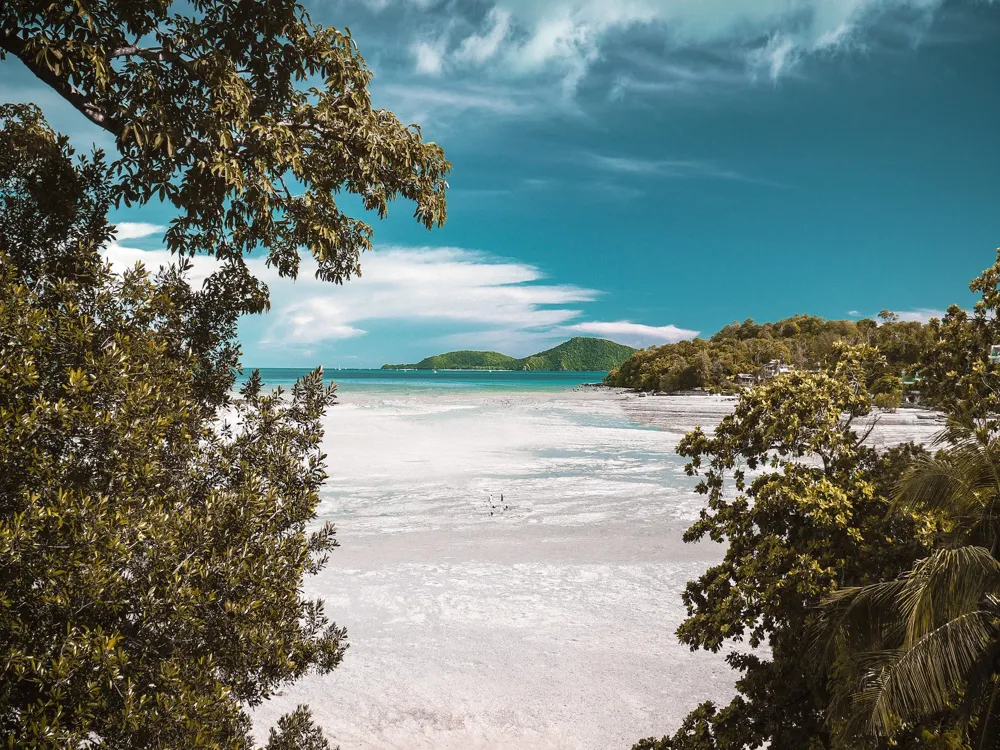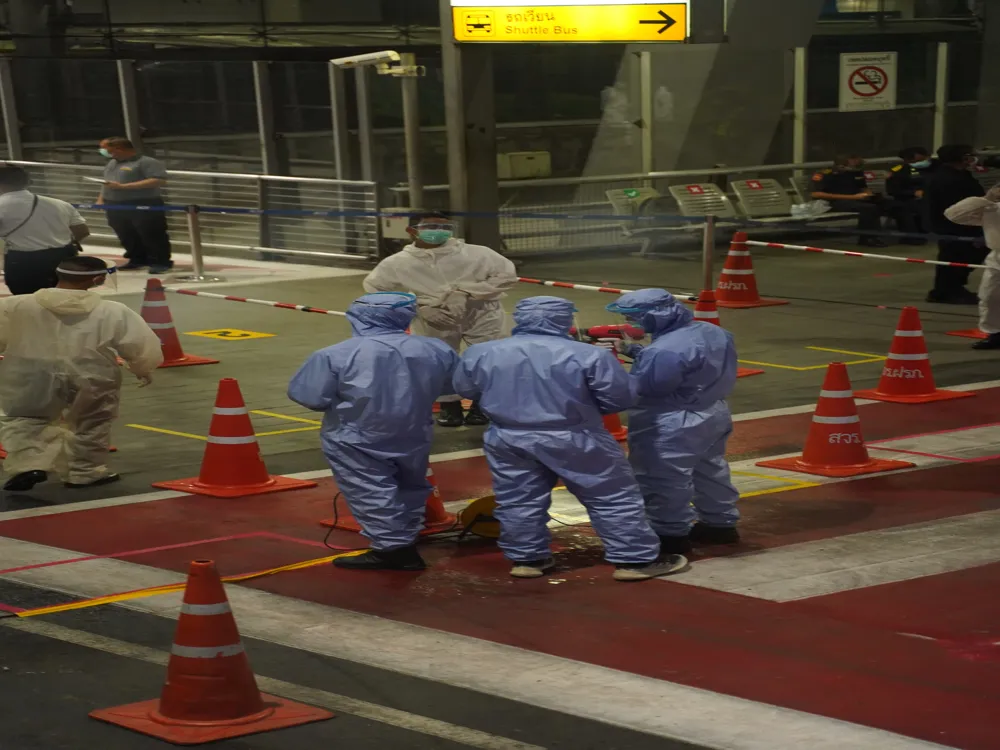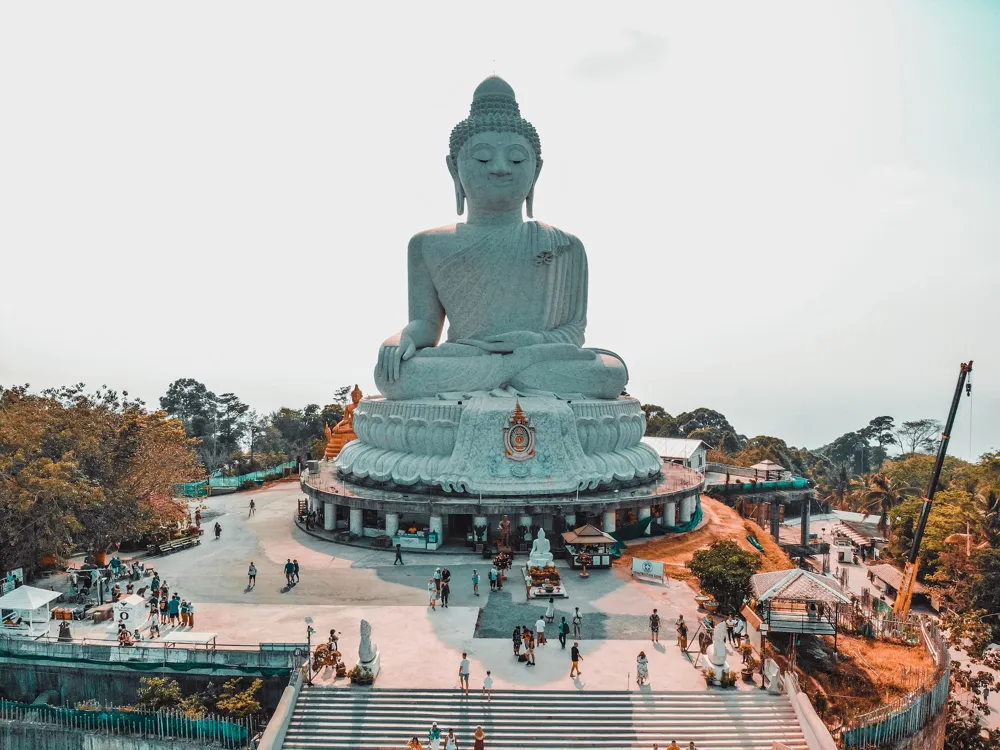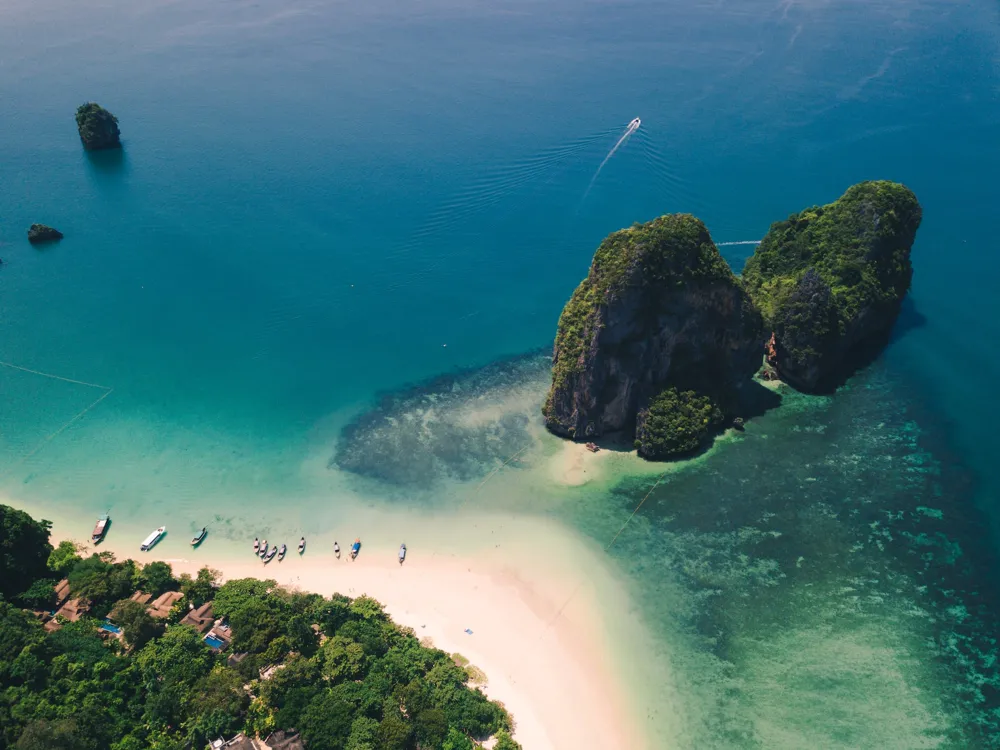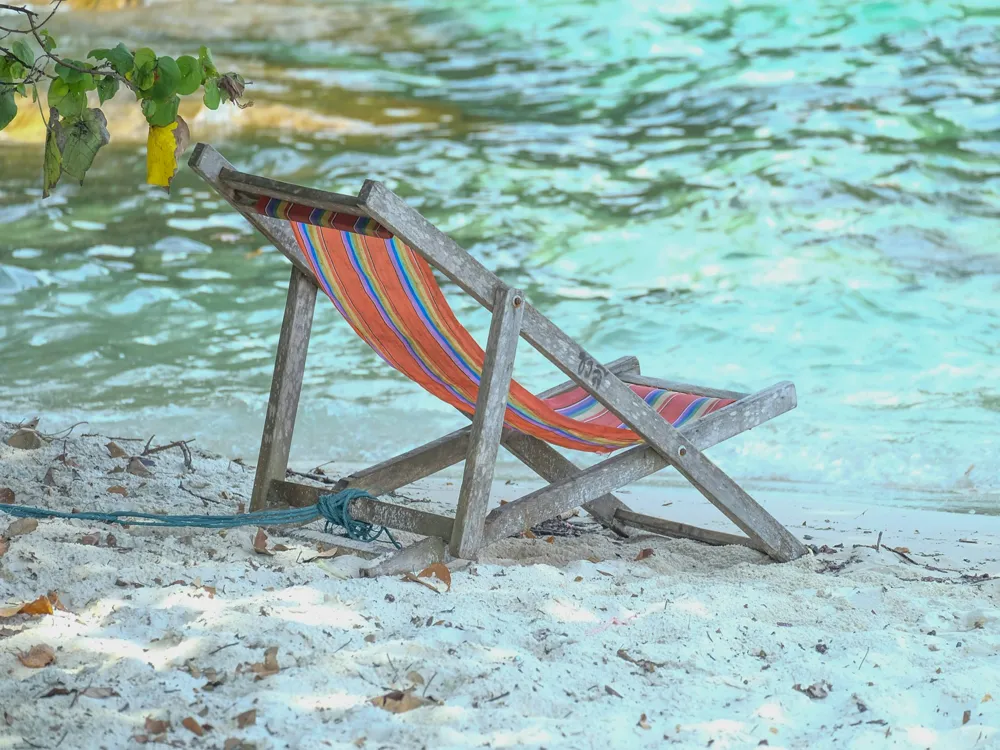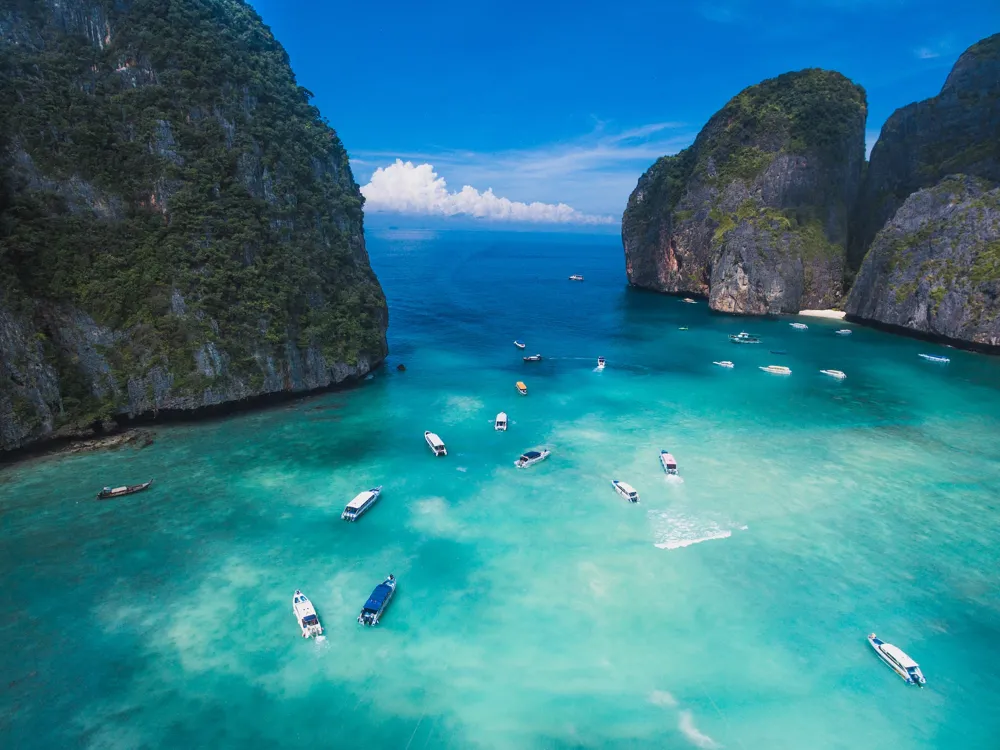Madura Island, a hidden gem located near the bustling city of Pattaya, is a destination of unparalleled beauty and cultural richness. This island, known for its serene landscapes and vibrant cultural tapestry, offers a unique experience to its visitors. With its rich history, Madura Island has evolved into a place where tradition and modernity coexist harmoniously, making it an ideal destination for travelers seeking a blend of tranquility and cultural immersion. The island's geography is characterized by its rugged coastline, dotted with pristine beaches and scenic fishing villages. The interior of Madura is just as captivating, featuring lush green hills and sprawling fields that showcase the island's agricultural heritage. The climate of Madura Island is tropical, with warm weather prevailing throughout the year, making it a perfect getaway for those looking to escape colder climates. Madura's history is deeply rooted in its maritime culture, which has shaped the lives of its people for centuries. The island's strategic location made it an important stopover for traders and seafarers, contributing to the rich cultural mosaic that is evident today. The influence of various civilizations, including the Dutch, Chinese, and Javanese, is visible in the island's architecture, cuisine, and traditions. One of the most distinctive aspects of Madura Island is its cultural heritage. The island is renowned for its traditional music, dance, and art forms, which are celebrated in numerous festivals and events throughout the year. The Madurese people are known for their hospitality and warmth, making visitors feel welcome and appreciated. The island also offers a range of activities for adventure seekers and nature lovers. From exploring hidden coves and waterfalls to engaging in water sports and hiking, Madura Island caters to all kinds of travelers. Additionally, the local cuisine, with its unique blend of spices and flavors, provides a culinary adventure for food enthusiasts. In summary, Madura Island is a destination that offers a rich blend of natural beauty, cultural diversity, and adventure. It is a place where history, tradition, and nature come together to create an unforgettable experience for its visitors. The architecture of Madura Island is a fascinating amalgamation of various cultural influences, reflecting the island's rich historical tapestry. The architectural landscape of Madura is diverse, ranging from traditional Madurese houses to colonial Dutch buildings, each telling a story of the island's past and present. Traditional Madurese architecture is characterized by its unique design and use of local materials. The most iconic feature of Madurese houses is the sharply pointed roof, designed to withstand the tropical climate. These houses are typically built on stilts, a feature that protects them from flooding and pests. The use of wood and bamboo in construction is prevalent, showcasing the island's abundant natural resources and the craftsmanship of the Madurese people. Another significant aspect of Madura's architecture is the influence of Dutch colonialism. The Dutch left a lasting impact on the island's architectural landscape, with many colonial buildings still standing today. These structures, with their distinctive European style, provide a stark contrast to the traditional Madurese buildings. The colonial buildings often feature high ceilings, large windows, and spacious verandas, designed to keep the interiors cool in the tropical heat. In addition to residential architecture, Madura Island is home to several religious structures that reflect the island's spiritual diversity. The island's mosques, temples, and churches are not only places of worship but also architectural landmarks. These religious buildings often incorporate elements from various architectural styles, symbolizing the harmonious coexistence of different cultures on the island. Madura's public spaces and buildings also contribute to the island's architectural identity. From bustling markets to quiet town squares, these spaces are designed to accommodate the social and cultural activities of the Madurese people. The architecture of these public spaces is functional yet aesthetically pleasing, often adorned with intricate carvings and colorful decorations. In conclusion, the architecture of Madura Island is a reflection of its history, culture, and natural environment. It is a blend of traditional and colonial influences, creating a unique architectural landscape that adds to the island's charm and appeal. The ideal time to visit Madura Island is during the dry season, from April to October. During this period, the weather is sunny and pleasant, perfect for beach activities and exploring the island. Respect local customs and traditions. Dress modestly, especially when visiting religious sites. Learn a few basic phrases in the local language to interact with residents. Public transportation is available but limited. Renting a scooter or car is a convenient way to explore the island. Always wear a helmet when riding scooters. Madura offers a range of accommodations from budget homestays to luxury resorts. Book in advance during peak season to secure the best options. Don't miss trying the local cuisine, known for its unique flavors. Street food is a must-try experience, but ensure hygiene standards are maintained. Carry basic first aid and stay hydrated. Be aware of local wildlife and marine life, especially when swimming or hiking. Reaching Madura Island is relatively straightforward, with several options available for travelers. The most common way to get to the island is by road. A bridge connects Madura to the mainland, making it easily accessible by car or bus. This bridge, known as the Suramadu Bridge, is an engineering marvel and offers stunning views of the Madura Strait. For those preferring sea travel, ferries operate regularly from various ports in East Java to Madura. The ferry ride offers a scenic journey, allowing travelers to enjoy the beauty of the surrounding sea and islands. For international travelers, the nearest airport is in Surabaya, the capital of East Java. From Surabaya, it's a short drive or bus ride to the bridge or ferry terminals that connect to Madura Island. Taxis and ride-sharing services are readily available at the airport for convenient transportation. In conclusion, whether by road, sea, or air, reaching Madura Island is a journey that is both accessible and part of the adventure itself. Each mode of transport offers a unique perspective of the region and adds to the overall experience of visiting this enchanting island. Read More:Overview of Madura Island
Architecture of Madura Island
Tips When Visiting Madura Island
Best Time to Visit
Local Customs and Etiquette
Transportation Tips
Accommodation
Food and Dining
Health and Safety
How To Reach Madura Island
Madura Island
Pattaya
₹ 9,500 onwards
View pattaya Packages
Pattaya Travel Packages
View All Packages For Pattaya
Top Hotel Collections for Pattaya

Private Pool

Luxury Hotels

5-Star Hotels

Pet Friendly
Top Hotels Near Pattaya
Other Top Ranking Places In Pattaya
View All Places To Visit In pattaya
View pattaya Packages
Pattaya Travel Packages
View All Packages For Pattaya
Top Hotel Collections for Pattaya

Private Pool

Luxury Hotels

5-Star Hotels

Pet Friendly







